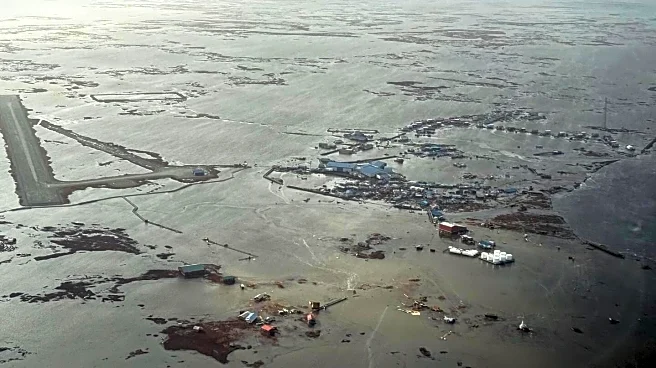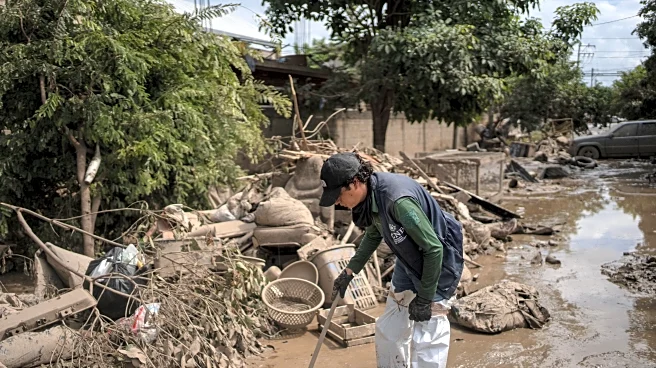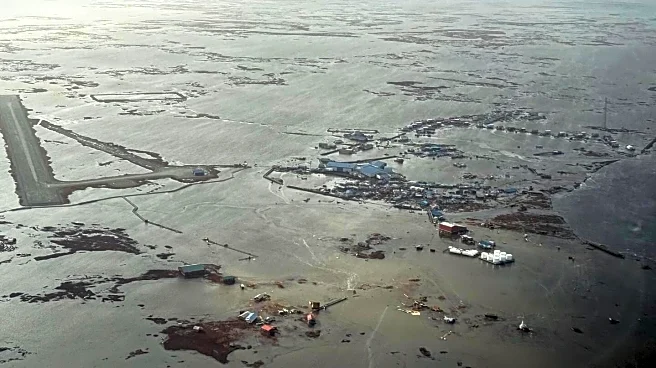What's Happening?
The search for four-year-old Gus Lamont, who went missing from a remote sheep station in South Australia, has ended without any trace of the boy being found. Gus was last seen on September 27, playing in the sand at his family's homestead. Despite extensive
efforts involving police, defense force members, and SES volunteers, covering approximately 351 miles of rugged terrain, no evidence has been uncovered. The search, which included the use of helicopters, drones, and satellite technology, was one of the largest operations of its kind conducted by South Australia Police. The operation was initially focused on finding Gus alive but has since shifted to a recovery mission. Police Commissioner Grant Stevens stated that there is no suspicion of foul play, and the family has been cooperating with the investigation.
Why It's Important?
The disappearance of Gus Lamont highlights the challenges faced by search and rescue operations in remote and harsh environments. The extensive resources deployed underscore the commitment of authorities to resolve such cases, yet also reveal the limitations when dealing with vast and difficult terrains. This case may prompt discussions on improving search techniques and technologies, especially in remote areas. The emotional toll on the family and community is significant, as they await closure. The situation also raises awareness about the vulnerabilities of children in isolated settings and the importance of community vigilance.
What's Next?
While the active search has concluded, Taskforce Horizon will continue to investigate the circumstances surrounding Gus's disappearance. Authorities remain in close communication with the family, who are assisting with the ongoing inquiries. The focus will be on exploring all possibilities to provide closure for the family. The case may lead to reviews of current search protocols and the development of new strategies to enhance the effectiveness of future operations in similar environments.
















